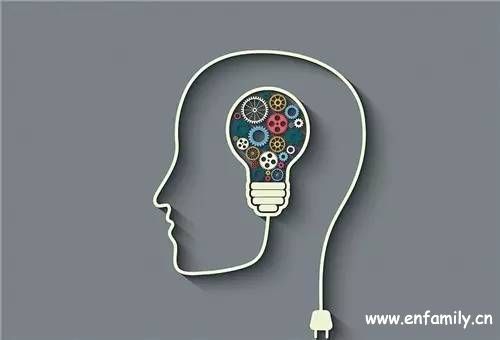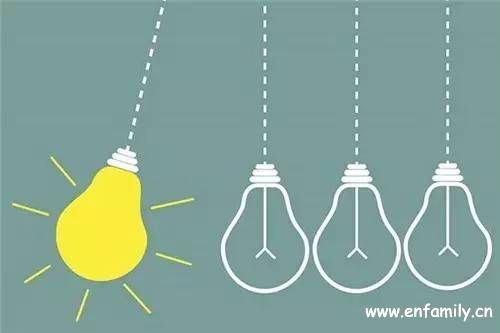
Inventors in Two Ways
两类发明家
In the 19th century, inventors were heroes. The likes of Stephenson, Morse and Goodyear were the shock troops of the Industrial Revolution. Their ideas helped drag humanity from agrarian poverty to manufactured plenty. These days, though, inventor-superstars, while not absent, are fewer and farther between.
在十九世纪,发明家是英雄。像史蒂芬生、莫尔斯和古德伊尔之类的发明家是工业革命的天降神兵。他们的想法帮助人类从农耕的贫困跨越到制造业的富足。虽然当今世界发明家并不缺乏,但是发明巨星却越来越少,相距的时间间隔越来越大。
That may, in part, be because the process of invention has itself changed since the 19th century. There is no let-up in the growth of the number of patents issued each year, but the introduction of fundamentally new classes of technology seems rarer now than it was in the past. Information technology has certainly transformed the present day. But railways, the electric telegraph, photography, fixed-line telephony, the automobile and the chemical and steel industries each, separately, brought about transformations as big as anything IT has wrought so far. Perhaps the process of invention really was more heroic in Victorian times.
这在一定程度上可能是因为自从19世纪以来发明过程自身的改变。每年发布的专利数量的增长并没有减少,但引入的根本性全新技术似乎比过去减少了。诚然,信息技术确实改变了当今社会,但是铁路、电报、摄影、固定电话、汽车以及化工、钢铁业等,每一项技术都分别带来了毫不亚于信息技术迄今为止所带来的那么大的变革。也许维多利亚时代的发明过程真的比其他时代都更壮烈。
To have an impression that something has changed is not, however, to prove that it really has. For that you need data. And, in a paper just published in the Journal of the Royal Society Interface, Youn Hyejin of Oxford University and her colleagues have provided some.
但是,光有某些状况改变了的印象,并不能证明它真的就改变了。对此我们需要数据。牛津大学的云•叶金和她的同事发表于《英国皇家学会期刊•界面》的论文中就提供了一些相关数据资料。

Invention can come about in two ways. Thomas Edison’s light bulb, for example, was not so much the product of a metaphorical light-bulb moment of discovery as of the bringing together of pre-existing components – an electricity supply, a heated filament, a vacuum and a glass envelope. None of these things was novel in the 1870s, but in Edison’s hands the combination became a patentable invention. In contrast, William Shockley’s transistor, invented 70 years later, involved a lot of new physics that Shockley and his colleagues had to work out for themselves. Both devices changed the world, though Shockley’s was the foundation on which IT was built. And together they exemplify the two sorts of novelty that exist, in differing proportions, in any successful invention: discovery and recombination.
发明大致可通过两种方式产生。比如,托马斯•爱迪生发明电灯泡,与其说是发现了一种灯泡的隐喻契机,不如说是把早已存在的各个部件聚合到一起——一个电源、一节加热灯丝、一个真空管以及一个玻璃外壳。这些部件在19世纪70年代都不是什么新玩意儿,但是在爱迪生的手里,这些组合变成了一个可申请专利的发明。与此相反,威廉•肖克利70年之后发明的晶体管涉及到很多新的物理现象,需要肖克利和他的同事亲自动手解决。上述两大发明都改变了世界(尽管公认肖克利的晶体管是后来创建的IT的基石)。它们一道例证了两种不同程度地存在于任何成功的发明中的创新点:发现和重组。
Most inventors up until now have been based on physics or chemistry. Today’s understanding of biology, though, is roughly where that of the physical sciences was in the 19th century. Biology is therefore ripe to yield a clutch of new patent classes – possibly for things (neurological computer? furniture grown from seed?) as unimaginable to present-day folk as the telephone would have been to a soldier at the battle of Waterloo. Then, perhaps, a new generation of heroic inventors will emerge.
迄今为止大多数发明都是基于物理或化学。而今天我们对生物学的理解大致还停留在19世纪的物理学水平。因此,生物学已成熟到可以产生一系列新的专利分类的时候了——也可能产生一些新的东西(譬如神经计算机科学?由种子长成的家具?)而这些东西就像当年电话会在滑铁卢战役投入使用那样令现代人无法想象。那么,此时可能会出现新一代发明家的壮举。
|
|